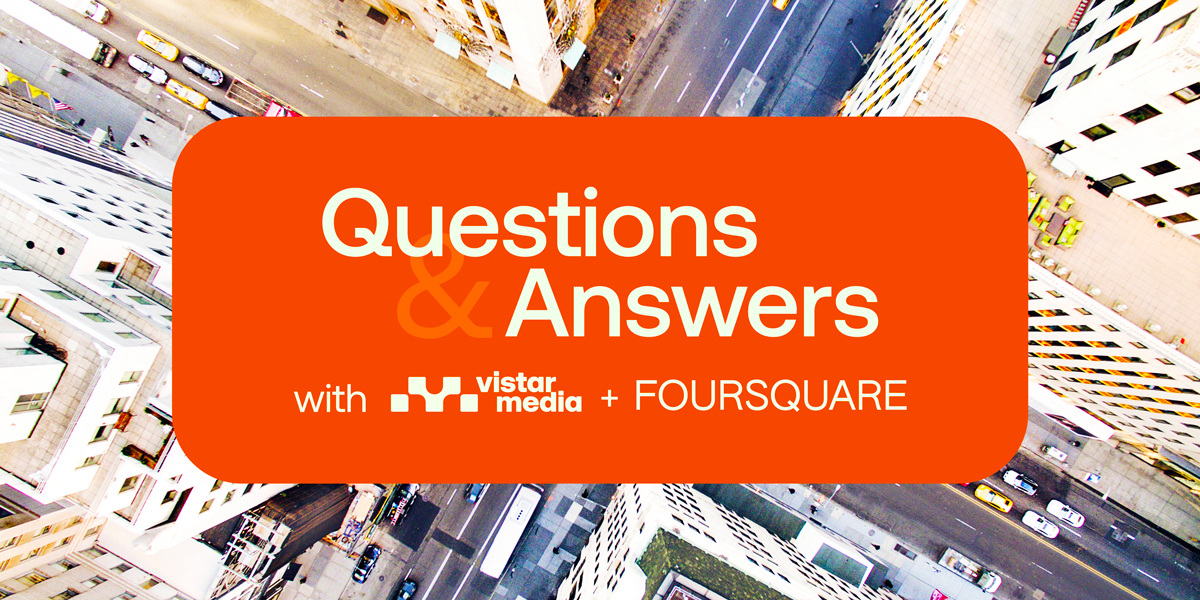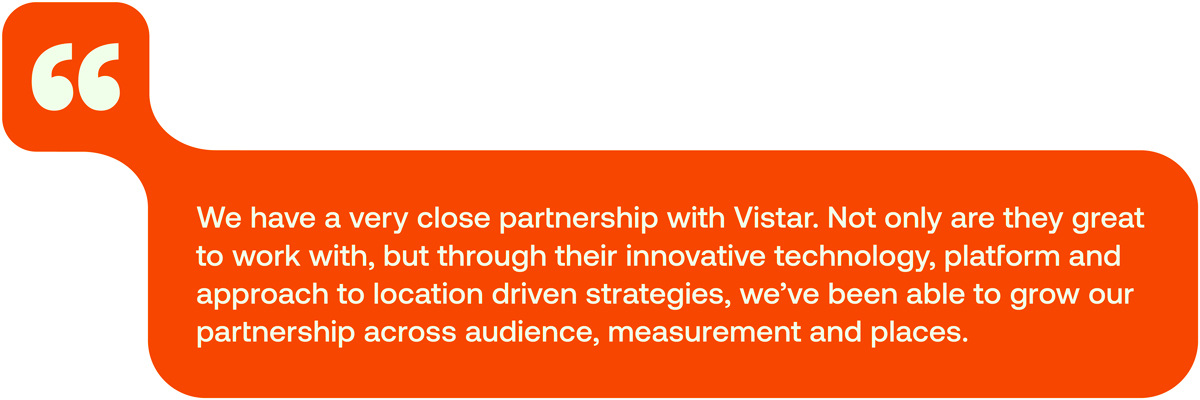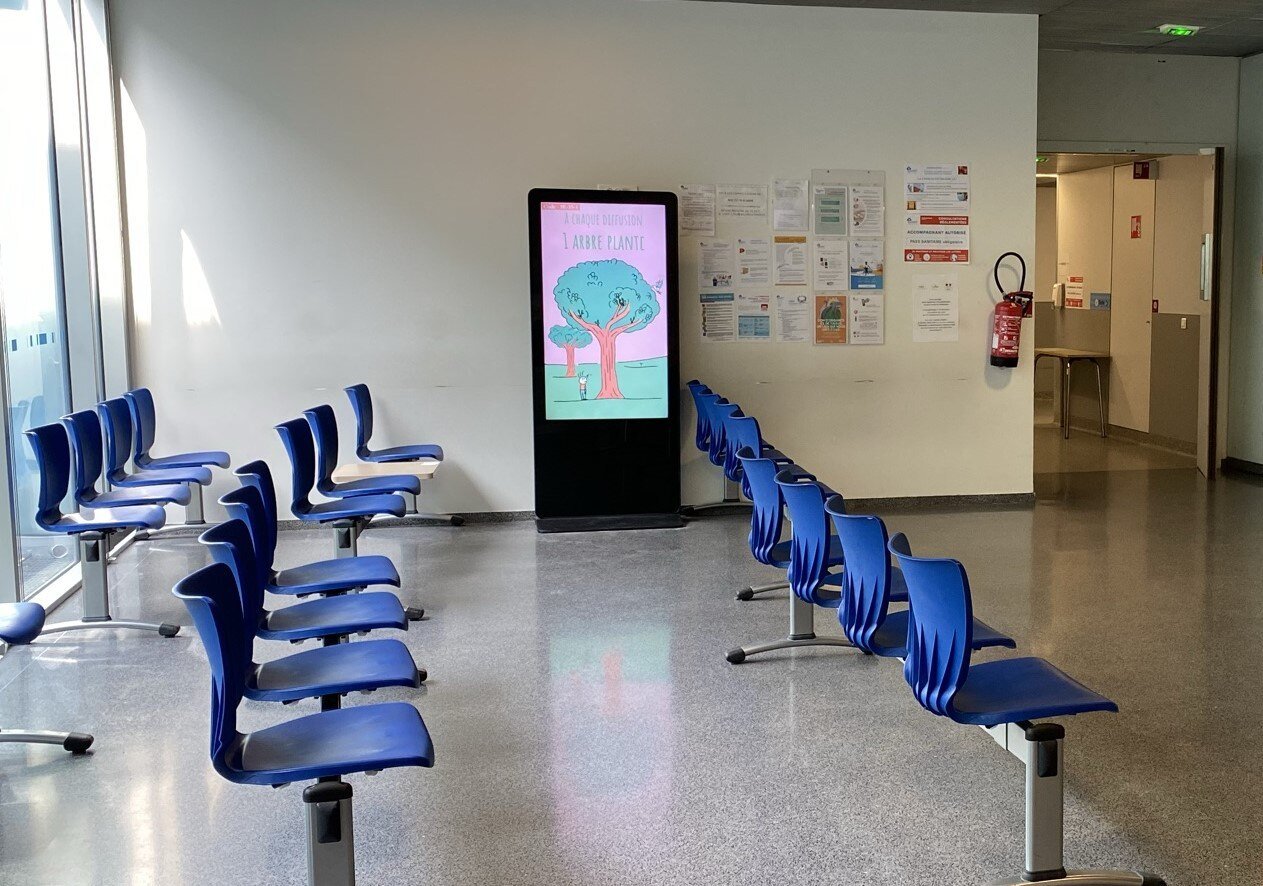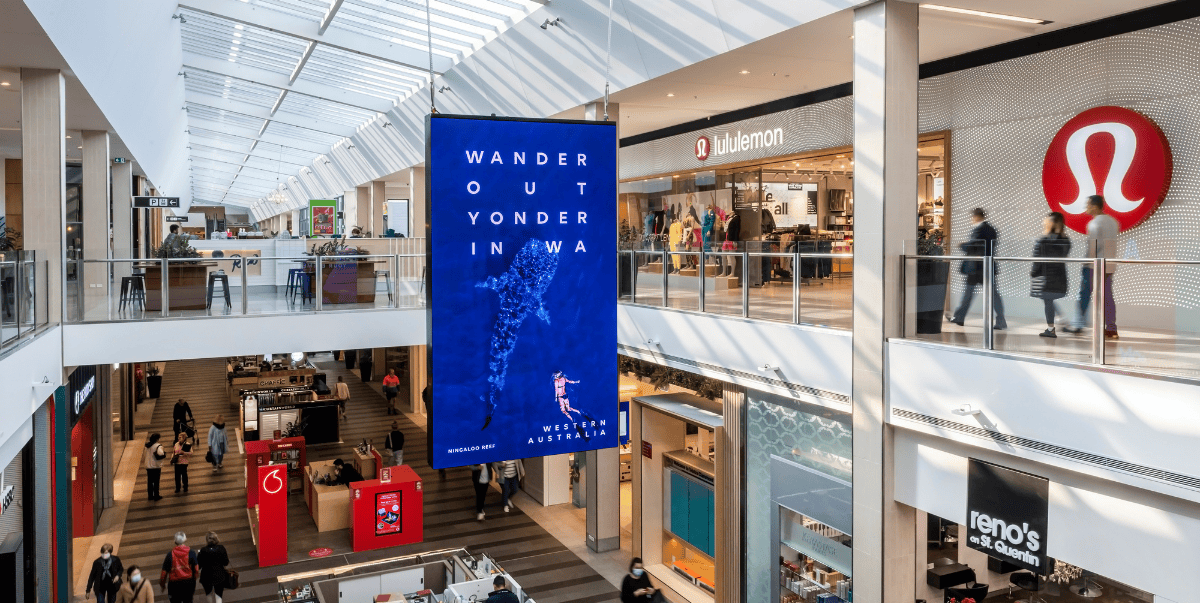
It’s undeniable – digital out-of-home is one of the fastest growing marketing channels, with increased interest attributed to advances in programmatic technology and the availability of robust data solutions. In fact, DOOH has become such a common conversation amongst marketers that Foursquare, the leading independent location technology platform, has doubled down on its data-driven solutions for this impactful medium. To learn more about how Foursquare is powering advanced targeting and measurement solutions for digital out-of-home, we spoke with Leighann Terraforte, Director of Partner Development. Leighann leads partner development and strategy across emerging channels, notably driving forward Foursquare's vision within the out-of-home space.
What sets Foursquare apart from other data providers in the space?
Foursquare is the leading independent location technology platform. We power business solutions and consumer products through a deep understanding of location, and we build intelligent location-enabled solutions for consumers, advertisers, app developers, and enterprise organizations that help make sense of the ways in which people move throughout the real world. Foursquare’s location platform makes our tools and data available to leading brands and companies, helping them to locate, engage with, message and measure consumers. We work with 100% of the top 50 national advertisers and we’re integrated with over 500 of the top platforms and publishers, which represents 80% of programmatic ad spend. It’s our mission to build the most trusted, independent location platform for understanding how people move through the real world.
Foursquare recently made a few big acquisitions. Can you share a little bit about that?
Foursquare is now the combination of Foursquare, Placed and Factual. Foursquare was born in 2009, when we built our O&O apps. Four years later, we built Pilgrim — our proprietary SDK. In 2019, we acquired Placed, the leading location attribution solution in the space, which has expansive relationships working with hundreds of publishers directly. About 8 months ago, we merged with Factual, where I spent 3+ years before the acquisition. Factual brings a huge programmatic advantage, having the most extensive integrations across all the major buying platforms in the industry. Factual also brings the most robust location targeting offering in the industry. There were a lot of synergies between the three companies with each bringing unique strengths within targeting, measurement, places and analytics.
We’ve developed a great partnership between Vistar and Foursquare, bringing a robust suite of data-driven solutions to the digital out-of-home industry. How did you come to working with Vistar?
Vistar was one of Foursquare’s first OOH partners and together we’ve been able to educate the market and drive adoption. Vistar has always been the leading DOOH technology platform and was an early adopter of data-driven strategies for Out-of-home, and I’ve been working with them since I was at Factual. Upon the merger, since they also had a partnership with Foursquare, we combined forces and broadened our partnership under the new entity. We have a very close partnership with Vistar. Not only are they great to work with, but through their innovative technology, platform and approach to location driven strategies, we’ve been able to grow our partnership across audience, measurement and places.
Why has it been important for Foursquare to extend its offerings into digital out-of-home?
Out-of-home (OOH) media has always been an important channel for marketers. Now, with the emergence of digital out-of-home (DOOH) inventory, the channel has become more prevalent in advertising and it is the only traditional advertising format that has experienced consistent growth in global ad sales over the last ten years. Location solutions are a natural fit for OOH buyers looking to optimize their media plan by targeting an intended audience. If you’re a retailer and want to target an audience of luxury shoppers or an audience of your competitive set, you can use Foursquare data to select DOOH spots that over index for this type of audience. Using Foursquare Places, an advertiser can select DOOH inventory based on its proximity to specific brick and mortar locations. With Foursquare Attribution, marketers are able to measure the impact of their DOOH media spend by determining who was exposed to a DOOH placement and which exposures resulted in an in store store visit.
What has been Vistar’s most valuable contribution to your business?
Together, Foursquare and Vistar have built first to market, custom data-driven strategies for DOOH. Through our joint audiences, places and attribution solutions, we’ve been able to collectively educate the market on the importance of location data to inform DOOH buying and have seen a lot of success across major advertisers activating location informed strategies when running DOOH campaigns. Through our close partnership, we’re able to quickly iterate to optimize our existing product offerings and integration to further drive demand and market adoption.
What do you want marketers to know about Foursquare and Vistar’s joint offerings?
Through our partnership with Vistar, brands can now apply consistent foot traffic measurement methodology across their entire media buys, including DOOH.
Can you share why this is so valuable today?
This methodology helps to solve the challenge of determining not only who has seen a DOOH ad, but also how many times they were exposed. The end result is a DOOH campaign that is more likely to be efficient and cost-effective.
Last month, Vistar added all 1,200+ of Foursquare’s (previously Factual) audience segments available directly in our DSP. What should buyers know about data-driven audience targeting for DOOH?
Using data-driven audience targeting allows you to reach consumers who frequently visit specific locations, so you can retain brand loyalty, increase sales and even conquer competitive brands. Also, with a better understanding of the audience that a DOOH campaign reached, advertisers and DOOH media owners can more easily prove the effectiveness of their campaign.
COVID-19 has undeniably had an impact on consumer behavior and the advertising industry at large. What learnings can you share about navigating the pandemic?
It’s no question that marketers have had to adapt to changing dynamics in practically real-time. Many businesses have been forced to close or reduce service and normal location behavior in certain sectors has been disrupted. Yet, marketers continue to need to reach their target audience, even when those consumers might not be able to show intent through their location behavior. One learning I can share is that, this year, Foursquare introduced online interest behavior as targetable criteria, ensuring marketers in every vertical can continue to reach their desired target during times when consumers are spending more time expressing interest on their web-enabled devices. The combination of online interest and past real-world visitation from Foursquare’s rich location data sets is key to creating the best audiences capable of targeting people based not only on their current needs while staying at home, but also their interests and likely behaviors when they get ready to re-enter daily behavior and shopping patterns post-COVID-19.
How has Foursquare adapted its offerings to support clients during this time? How have you seen your clients’ strategies evolved since the onset of the pandemic?
Foursquare is continuing to offer all products and services, doubling down on our client-focused approach to support our customers through these challenging times.
When the pandemic first emerged, our first inclination was to ask, ‘what can our data and technology do to help?’ With the help of our research and development group, Foursquare Labs, we launched a free dynamic tool, called the Recovery Index, showing upticks and declines in traffic to different types of places, down to a county level. By providing access to location-based insights in near real-time, we're able to address a wide variety of new use cases, from public health organizations, to government officials, to academic researchers. We also started publishing insights on our blog, and released a number of free datasets on Amazon Data Exchange.
Each and every day, we’re working with our partners to provide real world data to guide strategies. Some ways in which we’re seeing clients adapt include:
- Tailoring messaging by geography, as restrictions change state by state and county by county. Our most successful clients have been those who have used our data to improve the performance of their marketing by tailoring strategies to a regional (if not local) level.
- Identifying people who are out and about in the real world again vs those who prefer to stay at home, delivering relevant messaging to the right audience (e.g. highlight curbside pickup or eCommerce for consumers staying at home more, or safety precautions for consumers who do want to enjoy outdoor dining).
- Measuring the impact of advertising on foot traffic to locations, making data-driven decisions about how to shift budgets towards the channels and strategies that are moving the needle.
- Using location data to make decisions outside of advertising, such as adjusting hours of operations, staffing, inventory planning, and more.
Some U.S. insights as of December include:
- Decrease in air travel and public transportation, but an increase in road trips
- Shorter dwell times in many locations as consumers take advantage of contactless pickups and adapted in-store experiences
- Decrease in casual dining and nightlife as COVID-19 cases increase
To wrap it up, what is the one thing that you wish more digital buyers knew about out-of-home?
Out-of-home ads tend to be large, high impact, and have great brand recall. This is why the biggest brands in the world incorporate OOH into their media strategies, but yet most companies still struggle to effectively measure the impact of OOH because this channel can’t be tracked in the same way that other forms of advertising (such as clickable ads) can be measured. Foursquare aimed to fix this problem and help make OOH advertising as effective as possible in the digital age, by tying back real-world business impact to OOH ad spend. Read here to learn more about how measuring OOH more effectively can transform an advertising strategy.



